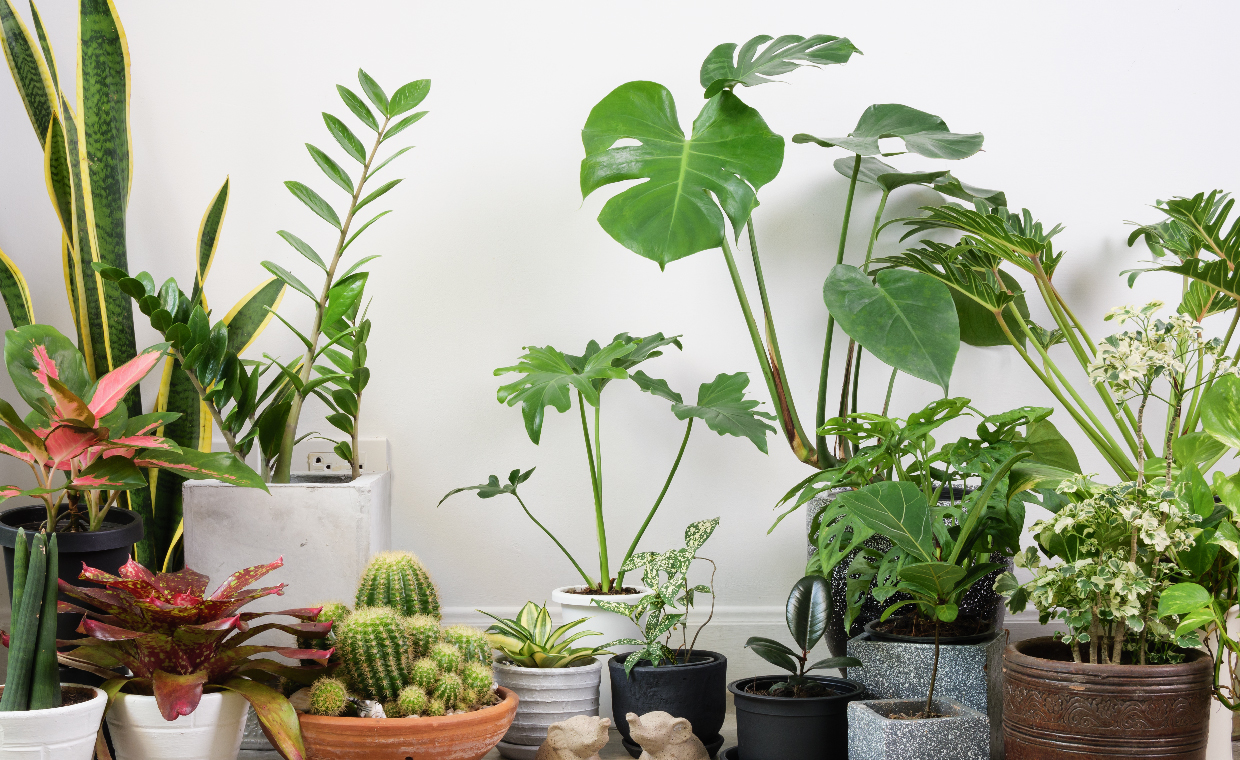
Plants may seem quiet and passive, but they are full of strategies to survive in a world full of challenges. From harsh weather to hungry animals, plants face many dangers every day. Over millions of years, they have developed fascinating ways to protect themselves and ensure their survival. Learning about how plants defend themselves teaches students about biology, adaptation, and the remarkable intelligence of nature.
One of the most common strategies plants use is physical protection. Many plants have thorns, spines, or prickly leaves to prevent animals from eating them. Roses, cacti, and hawthorns are examples of plants that use sharp structures to deter herbivores. Some plants, like nettles, have tiny stinging hairs that inject irritating chemicals when touched. These defenses may seem simple, but they are highly effective in keeping the plant safe and ensuring it can continue to grow and reproduce.
Plants also use chemicals to protect themselves. Many produce substances that taste bad, smell unpleasant, or are toxic to animals and insects. For example, poison ivy produces an oil that causes itching and irritation, while chili peppers create a chemical called capsaicin that makes the fruit spicy and deters animals from eating it. Some trees, such as eucalyptus and pine, release aromatic oils that repel insects or prevent fungal infections. By producing these chemical defenses, plants can survive in environments where they would otherwise be vulnerable.
Another remarkable survival strategy is camouflage. Some plants blend into their surroundings to avoid being eaten. The leaves of some cacti look like rocks, while certain flowers mimic the appearance of dead leaves or other plants. This ability to hide in plain sight makes it harder for predators to detect them. Similarly, some plants use mimicry to attract helpful animals. For example, certain orchids resemble female insects, tricking male insects into pollinating them. These strategies demonstrate that plants are not only defensive but also clever in using their environment to their advantage.
Plants also have strategies to survive extreme conditions. Desert plants, such as succulents, store water in their thick leaves, stems, or roots to endure long periods of drought. Trees in cold climates shed their leaves during winter to conserve energy and protect themselves from frost. Some plants, like annuals, complete their life cycle in a single season, ensuring they reproduce before conditions become too harsh. By adapting to their environment, plants increase their chances of survival and the continuation of their species.
Plants can also communicate and respond to threats in surprising ways. When attacked by insects, some plants release chemicals that attract predators of those insects. This natural form of defense is known as indirect protection. For example, when a caterpillar eats a leaf, the plant may release chemicals that attract parasitic wasps, which then attack the caterpillar. Other plants release signals to warn neighboring plants about danger, prompting them to produce their own defenses. These complex interactions show that plants are capable of sensing and responding to their environment in sophisticated ways.
The ability of plants to reproduce effectively is another form of survival. By producing seeds, fruits, and spores, plants ensure that their species continues even in the face of danger. Some plants produce seeds with protective coatings, while others rely on animals or wind to disperse their seeds over large distances. This ensures that even if one area becomes hostile, new plants can grow elsewhere. Survival, therefore, is not just about defense but also about ensuring the next generation thrives.
In conclusion, plants are remarkable survivors. They protect themselves through physical structures, chemical defenses, camouflage, and clever interactions with their environment. They adapt to extreme conditions, communicate with other plants, and ensure the survival of their species through effective reproduction. Studying how plants protect themselves teaches students about resilience, adaptation, and the intricate balance of nature. By understanding these strategies, students can appreciate the intelligence and creativity of the natural world and learn lessons about how living beings survive and thrive in challenging environments.
